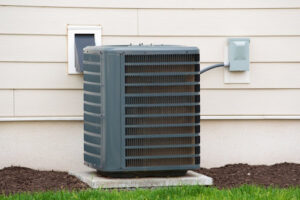
What Size Central Air Conditioner Do I Need?
When the heat of summer sets in, a central air conditioner becomes more than a luxury — it’s a necessity that stands between comfort and

When the heat of summer sets in, a central air conditioner becomes more than a luxury — it’s a necessity that stands between comfort and

Every homeowner has experienced it at one point or another: the water in the sink takes forever to drain, the shower floor is covered in

Lightning strikes can be a terrifying experience for any homeowner. The powerful boom and bright flash are unmistakable, leaving you to wonder about the safety
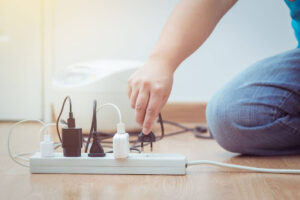
It’s easy to overlook the silent threats that lurk within the walls of your own home — especially when it comes to the electrical system.
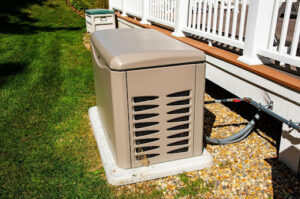
In today’s world, where unpredictability seems to be the only constant, ensuring the reliability and safety of our homes has become paramount. Whether it’s due

Imagine this: you’re going about your day, everything is running smoothly, and then you encounter a problem that brings a sudden halt to your peace
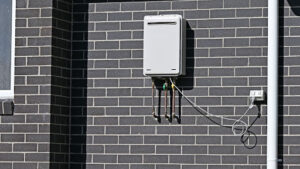
Tankless water heaters in Houston, TX, have gained popularity in recent years due to their energy efficiency and on-demand hot water capabilities. Unlike traditional water
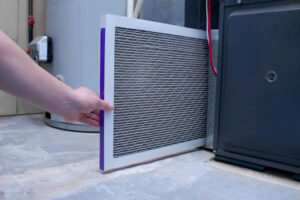
Choosing the right heating system for your home is a critical decision that impacts not only your comfort during colder months but also your energy

Electrical safety in our homes is paramount. Every year, incidents related to electrical failures, such as fires, occur, emphasizing the importance of proper electrical maintenance.
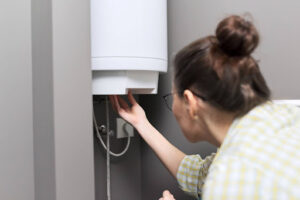
Water heaters are essential appliances in our homes, providing the comfort of hot water for various daily tasks. To ensure that your water heater functions
For same-day or emergency services, call us day or night at (713) 255-8355. A live, friendly voice is ready to answer any of your questions and help you sign up.
CALL TODAY TO SCHEDULE A Plumbing Repair!
Cannot be combined with other offers. Some restrictions may appy.
CALL TODAY TO SCHEDULE A WATER HEATER FLUSH FOR $129!
Cannot be combined with other offers.
CALL TODAY TO SCHEDULE A furnace Clean Out FOR $199!
Cannot be combined with other offers.



Our team at Universal Home Experts provides honest pricing so you know exactly what you pay for.

We have the resources and personnel to provide you with quick and effective services.

No matter the service we provide you with, we want you to be completely satisfied.

Our courteous technicians take the time to talk with you so your home can be safer and more efficient.

When the heat of summer sets in, a central air conditioner becomes more than a luxury — it’s a necessity that stands between comfort and

Every homeowner has experienced it at one point or another: the water in the sink takes forever to drain, the shower floor is covered in

Lightning strikes can be a terrifying experience for any homeowner. The powerful boom and bright flash are unmistakable, leaving you to wonder about the safety